North Korea’s would-be Olympics: A tale of a Cold War boondoggle
When the South hosted the Summer Olympics in 1988, it was no surprise that the North tried to go one better. It was the 'last grand party North Korea had'
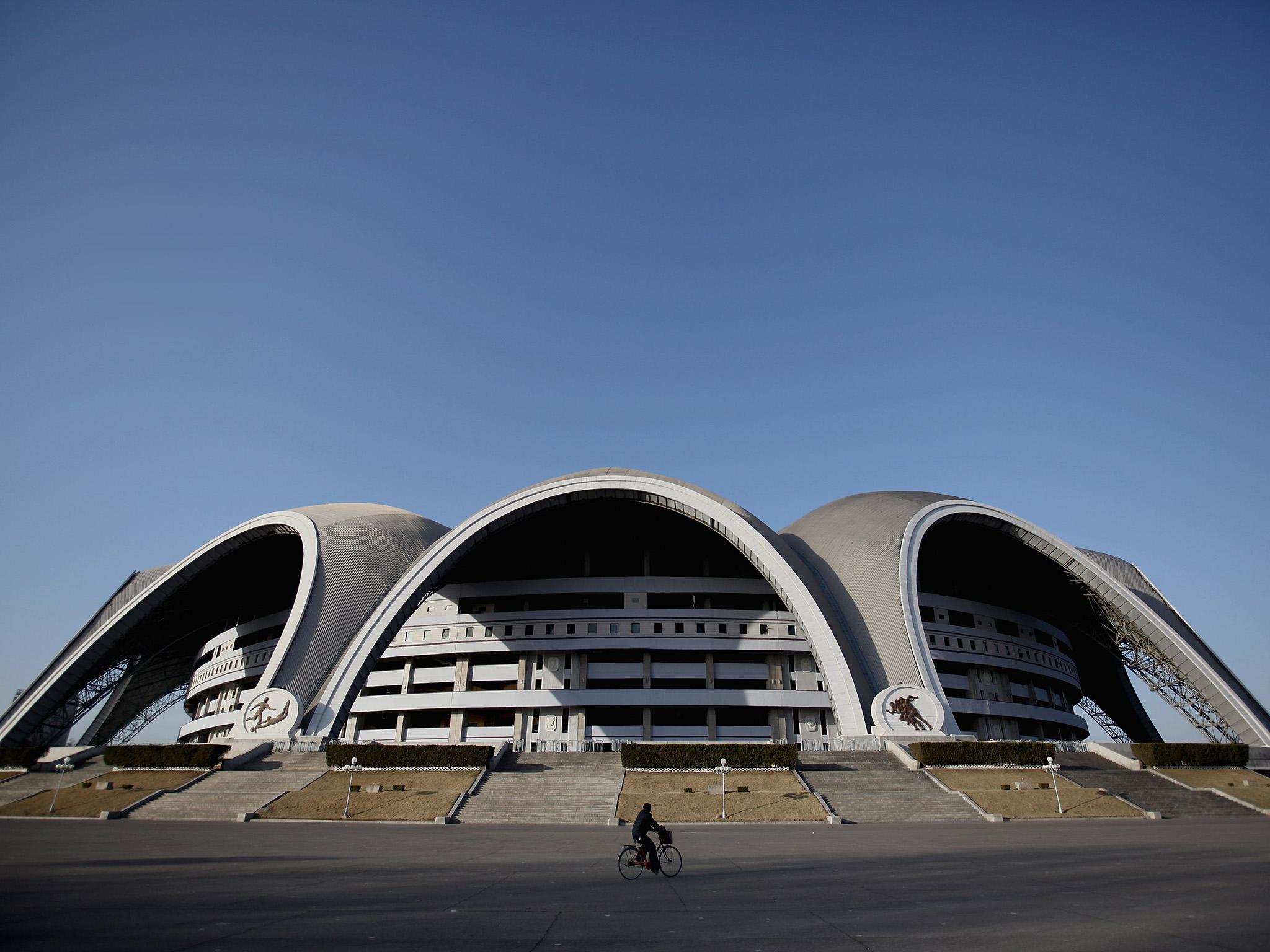
Your support helps us to tell the story
From reproductive rights to climate change to Big Tech, The Independent is on the ground when the story is developing. Whether it's investigating the financials of Elon Musk's pro-Trump PAC or producing our latest documentary, 'The A Word', which shines a light on the American women fighting for reproductive rights, we know how important it is to parse out the facts from the messaging.
At such a critical moment in US history, we need reporters on the ground. Your donation allows us to keep sending journalists to speak to both sides of the story.
The Independent is trusted by Americans across the entire political spectrum. And unlike many other quality news outlets, we choose not to lock Americans out of our reporting and analysis with paywalls. We believe quality journalism should be available to everyone, paid for by those who can afford it.
Your support makes all the difference.During the Cold War, the one-upmanship between North and South Korea was so intense that it extended to the height of the flagpoles at their border. So when the South hosted the Summer Olympics in 1988, it was no surprise that the North tried to fo one better in 1989. What followed was one of the biggest boondoggles in North Korean history, one that played a part in the economic catastrophe that soon engulfed the country, according to analysts and North Korean defectors.
By some estimates, the North spent $4 billion on the World Festival of Youth and Students, a kind of socialist quasi-Olympics and cultural extravaganza. It expanded its airport in Pyongyang, the capital. It laid new streets, built one of the biggest stadiums on Earth and started work on a hotel meant to reach more than 1,000 feet into the sky.
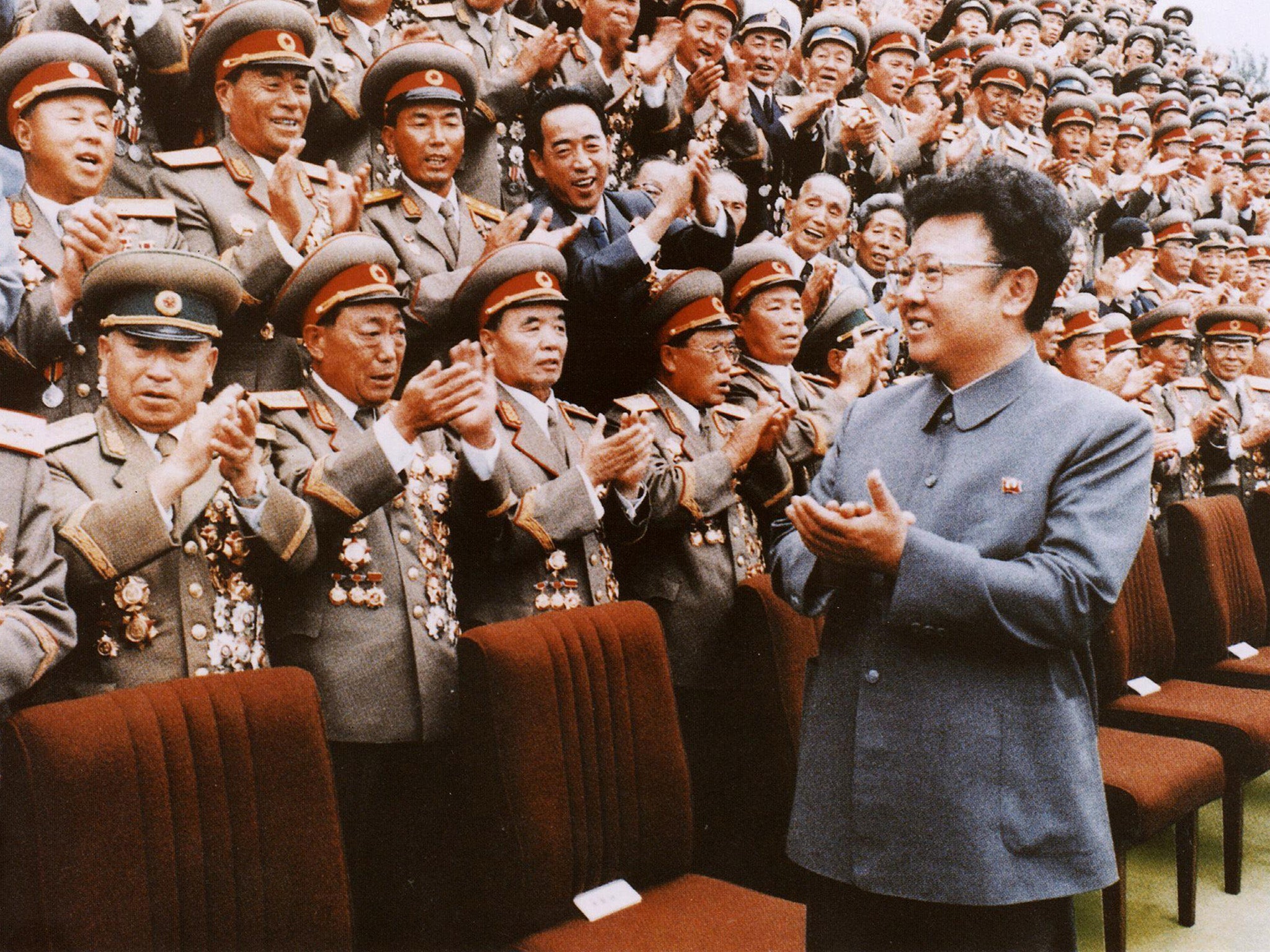
All of this was done at a time when the North’s centrally planned economy was already shrinking. The spending — directed by Kim Jong Il, then the country’s leader in waiting — would leave North Korea even more dismally prepared for the coming collapse of Soviet communism, which deprived it of economic aid and trading partners, and for a string of droughts and floods that wiped out its agriculture. The famine that followed in the 1990s killed as many as two million people.
“Kim Jong Il went around talking about Pyongyang hosting its own Olympics and launched one building project after another that the country could hardly afford,” Hwang Jang-yop, a former secretary of the North’s ruling Workers’ Party who defected to the South, wrote in a memoir before his death in 2010.
“The World Festival would be remembered as the last grand party North Korea had,” he wrote.
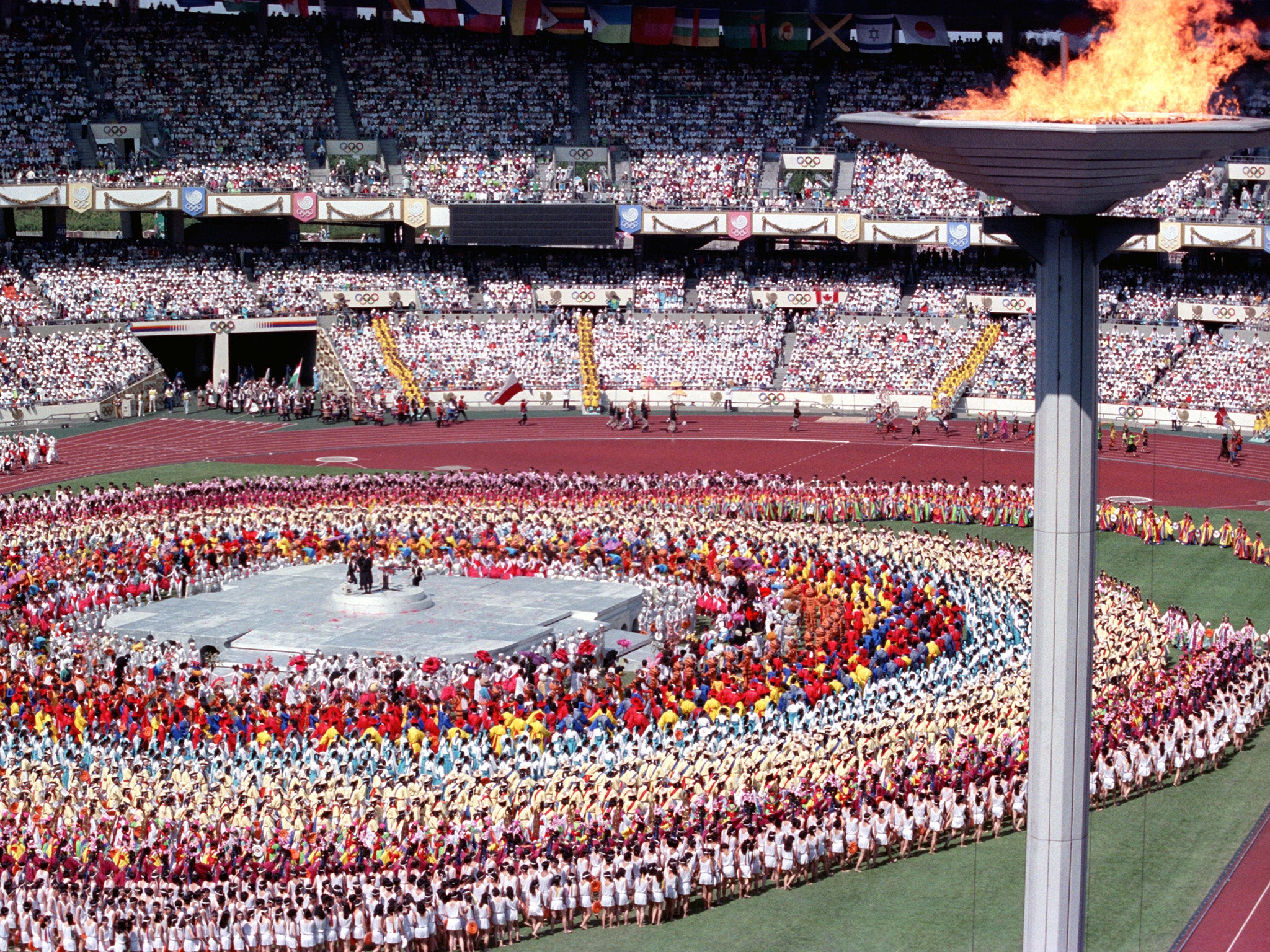
For the South — now hosting a North Korean delegation for its second Olympic Games, which opened yesterday in Pyeongchang — the 1988 Olympics was a watershed of a very different kind. It was a coming-out party for South Korea’s fast-growing economy.The building boom the games triggered in Seoul, which not so long ago had been a war-torn capital, would continue in the years that followed. And in the lead-up to the Olympics, the generals who ruled the South relaxed their iron-fisted rule, hoping to soften the country’s image.
That emboldened students and workers who had been calling for democracy to push their demands further. Historians say fears of an Olympic boycott led President Chun Doo-hwan to allow a historic free election, instead of launching a bloody crackdown, when huge crowds chanting “down with dictatorship” filled central Seoul in 1987.
The Summer Games were a success, the first since 1976 not boycotted by the Americans (as in 1980) or the Soviet Union and its allies (in 1984). Not only did the Soviets and China ignore North Korea’s call to boycott them, but they opened diplomatic ties with Seoul in the years that followed.
Unsurprisingly, the Olympics were not broadcast in the North. But they had their effects. Two young North Koreans studying in East Germany, who fled to South Korea after the Berlin Wall fell in November 1989, later said they had decided to defect after watching the Seoul Games on television.
There was no doubt that the North would try to outdo the Olympics, said Ra Jong-yil, a South Korean political scientist and former deputy director of the country’s National Intelligence Service.
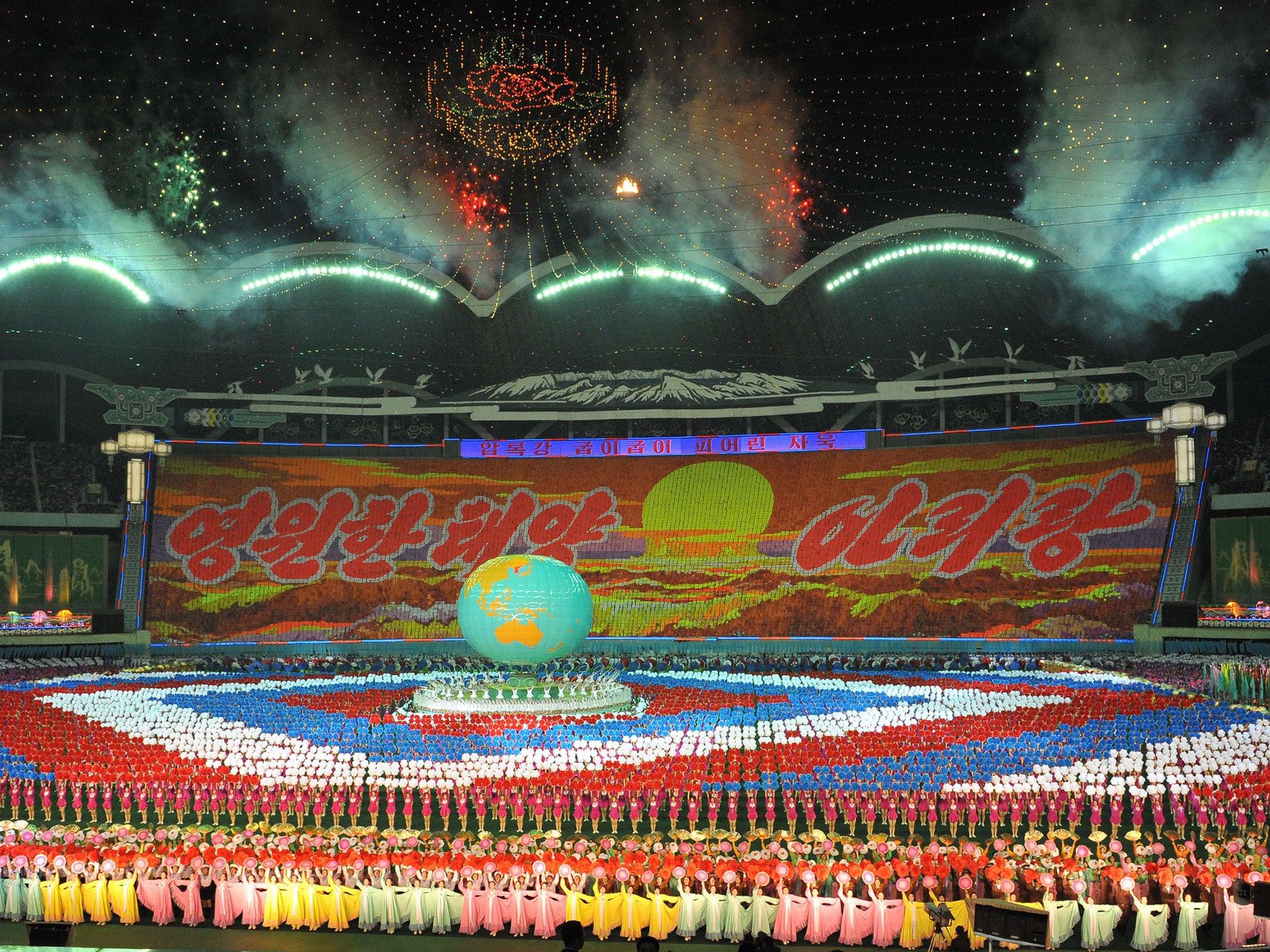
“Since their division, South and North Korea have been interlocked with an invisible rope, with one side’s victory meaning the other’s failure,” Ra said. “The South’s Olympics were a major challenge to the North Korean government’s legitimacy. The North had to react. It had to host the World Festival at whatever cost.”
The World Festival of Youth and Students — dedicated to “anti-imperialist solidarity, peace and friendship” — had been held sporadically since 1947, usually hosted by a communist country. Besides athletic contests, it featured movies, exhibitions, seminars and traditional folk performances. Participants came to Pyongyang from 177 countries, a record for the event (and, the North noted, more than the 160 that sent delegations to the Seoul Games).
The North had been pouring money into what was meant to be a global architectural landmark, hoping to finish it in time for the festival. The pyramid-shaped Ryugyong Hotel was to be the tallest in the world, at 105 stories and 1,080 feet. Construction began in 1987 (spurred, it seems, by a 63-floor office tower that opened in South Korea in 1985, then the tallest building in Asia).
But facing engineering problems and dwindling resources, construction on the hotel was never finished, though it did reach its full height. It still dominates Pyongyang’s skyline, the tallest unoccupied building on the planet.
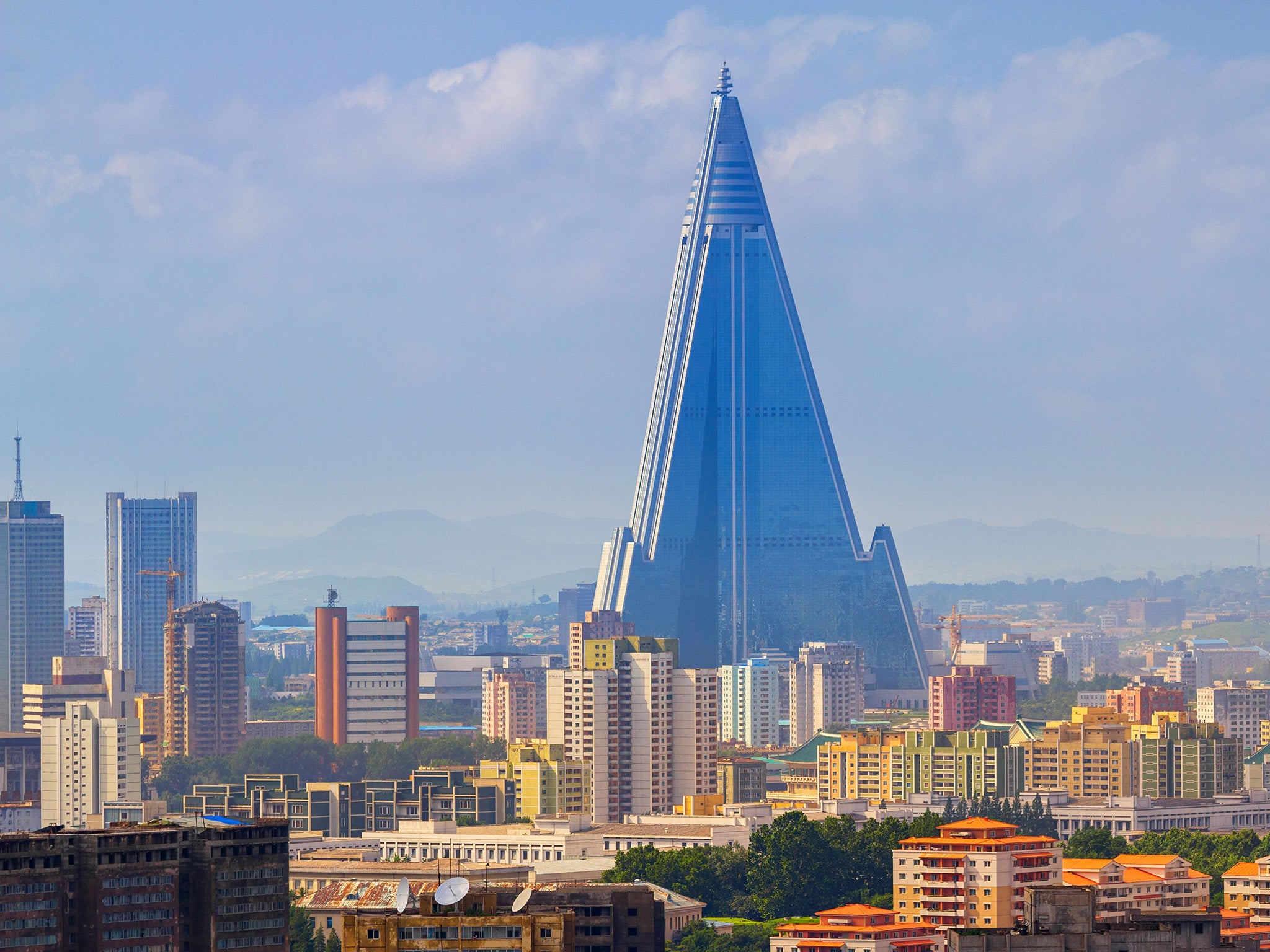
North Korea did finish the World Festival’s main venue, the May Day Stadium, at a cost of $200 million. It has a capacity for 150,000 spectators, twice as many as Seoul’s Olympic Stadium holds, and is still used today, for events like the North’s dazzling Mass Games.
Still, the stadium and the festival’s other attractions could only distract from the North’s dire economic state, which would soon get much worse. Sung Hae-ryang, a sister-in-law of Kim Jong Il who fled the North in 1996, said there had been serious doubt among North Korea’s elite about hosting the World Festival in a city that “didn’t even have a coffee shop.”
“To hide the country’s poverty, citizens were made to wear their most colourful clothes and loiter in front of the places where the participants in the festival stayed,” Sung wrote in a memoir.

One South Korean attended the Pyongyang festival: Lim Su-kyung, a 21-year-old who went as a representative of an anti-American student group, in defiance of the South Korean government. Lim got a hero’s welcome in Pyongyang, including a parade; after returning home, she was imprisoned for 3 1/2 years for violating the South’s National Security Law, which bars pro-North Korean activity. The North’s state media proclaimed her a martyr.
But Lim’s visit may not have been the clear-cut propaganda victory for the North that it seemed at the time. Lee Min-bok, a North Korean defector, said it was an eye-opening experience for many young people in the totalitarian state.
Lim’s casual style made such an impression that dressing like her, in loose pants, a T-shirt and white sneakers, became fashionable, Lee said. And North Koreans who had been taught to regard the South as a repressive country got a very different image of it from Lim, who gave impromptu speeches in Pyongyang boldly calling for Korean unification and taking aim at her own government for allowing nuclear weapons and foreign troops on its soil.
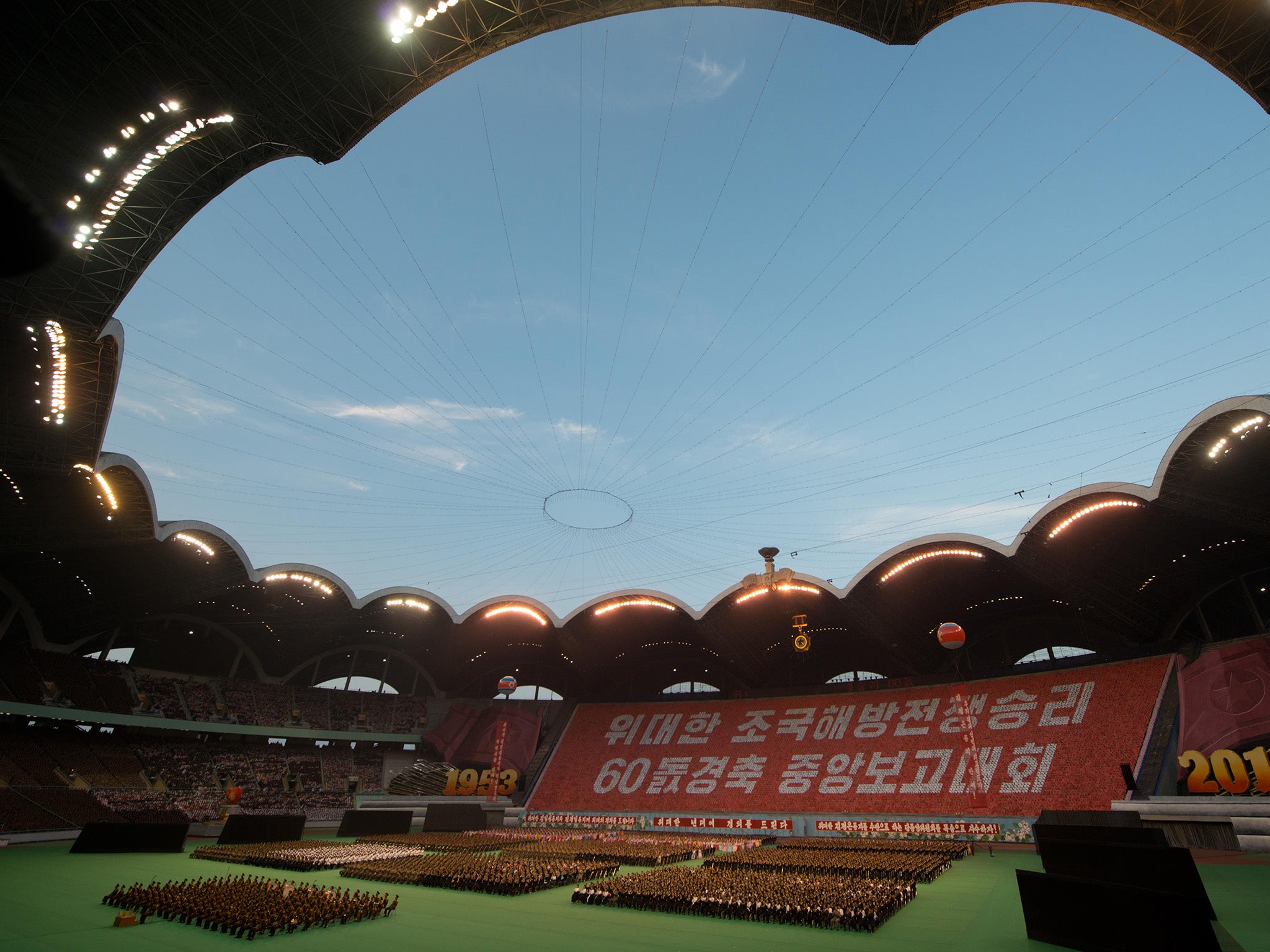
“When North Koreans were sending her off, we were sure she would be executed,” Lee said. “We were shocked when we heard that she was fighting for her beliefs in prison,” he said. “We wondered, ‘How can that be possible?'”
Join our commenting forum
Join thought-provoking conversations, follow other Independent readers and see their replies
Comments